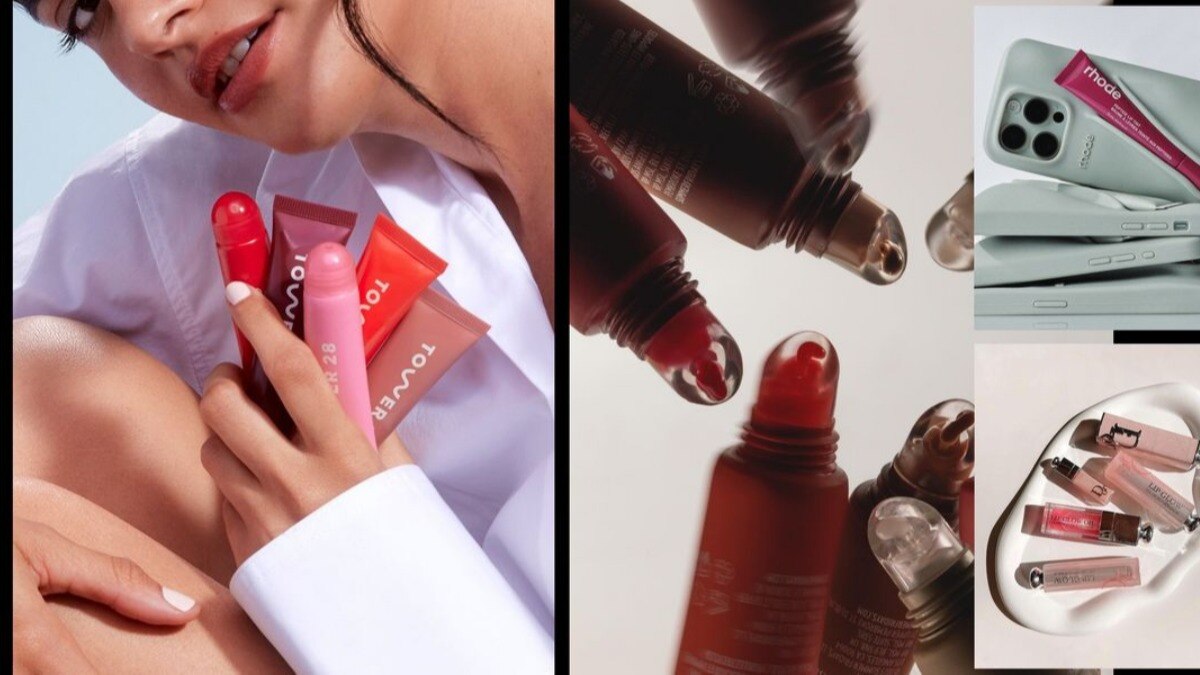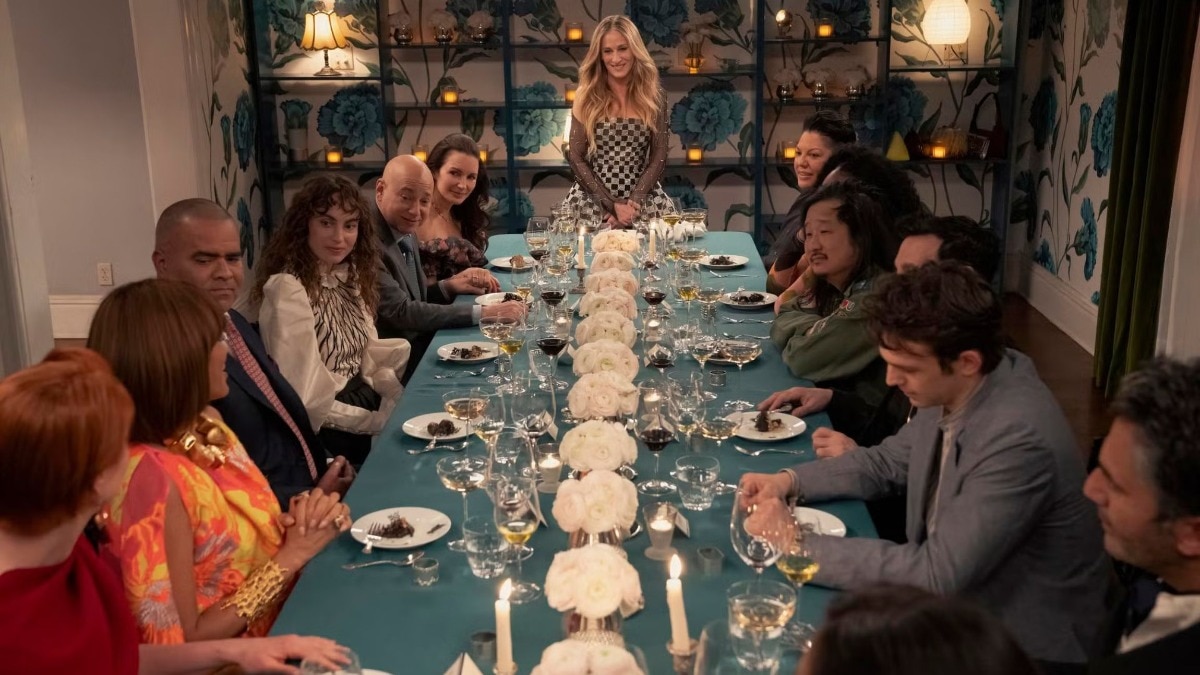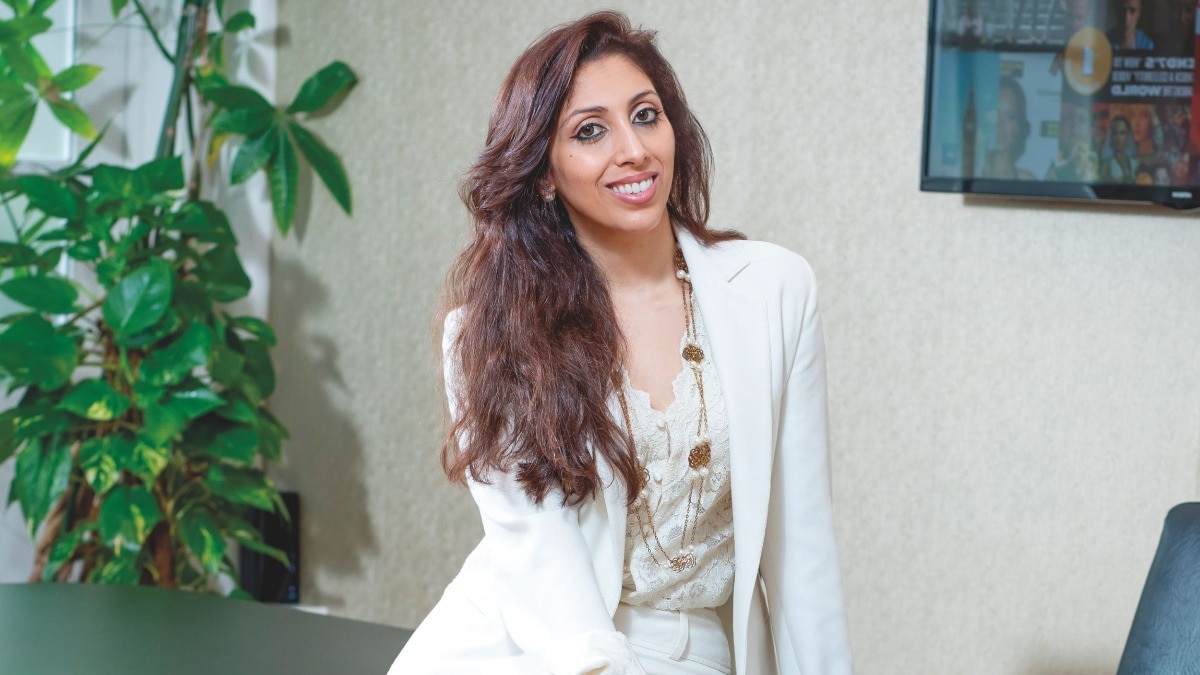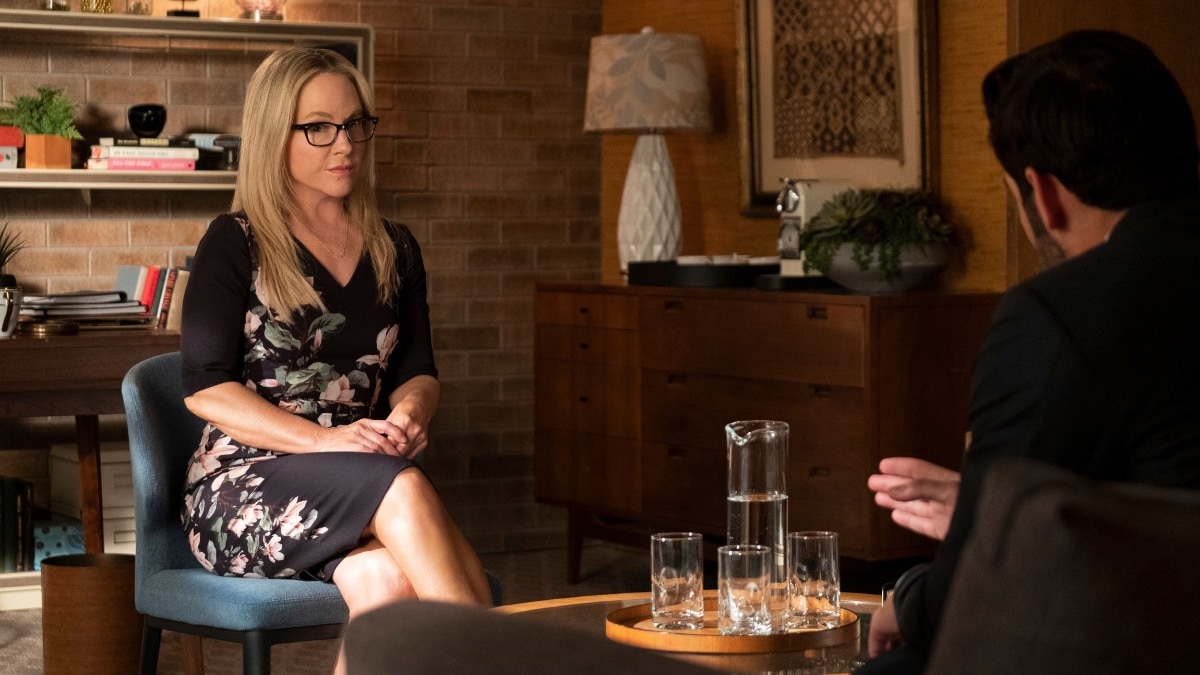
How lip gloss became a status symbol
Balms and sparkly glosses have long been gateway products to the beauty world—but our current obsession with them is unlike anything encountered before.


Burt’s Bees. Lip Smackers—the Dr Pepper flavour, specifically. Lancôme Juicy Tubes. MAC Lipglass. Lip balms and sparkly glosses have long been a gateway product to the beauty world. Popular songs have been written as an ode to the shiny stuff, like Lil Mama’s 2007 hit ’Lip Gloss’ or Katy Perry’s ’I Kissed a Girl,’ which sent sales of cherry ChapStick soaring. If you were around for the early ’00s, you remember just how “cool” and “poppin’ ” it was to carry around a tube—or 10—in a tiny shoulder bag. But just like low-rise jeans and that shoulder bag, lip gloss is back and truly bigger than ever.
The thing is, lip gloss isn’t even just lip gloss anymore. Lip oil, liquid balms, plumpers, tints, stains, jelly, treatments, and masks—many of the most viral lip products are almost in skincare territory. New brands are being launched off the success of a single lip product, like Hailey Bieber’s Rhode, while more established names—like Summer Fridays, Fenty, Ami Colé, Tower 28, Dior, and Laneige—are seeing new glossy lip products fly off the shelves. Teens are flocking to Sephora in droves—and wreaking havoc—to get their hands on the trending tubes. The proof is in the pudding: The global lip gloss market was valued at $3.67 billion in 2023, and it is anticipated to climb to $5.38 billion by 2032, according to a Market Research Future report.
Why now? Social media—and our collective obsession with healthy-looking skin—is to blame. 'Shiny lips are hydrated lips are healthy lips', goes the thinking. There’s even a trick influencers are using called the lip gloss tactic, a hook that can increase engagement with followers. “It’s holding or putting on lip gloss at the beginning of a video to grab a viewer’s attention, even if the video has nothing to do with that lip gloss at all,” says Julia Broome, a branding strategist on TikTok.




Lip gloss, unlike long-wearing matte lipstick, needs to be reapplied often. Therefore, the act of gloss application becomes one of public consumption. After a meal, reapplying your gloss opens up a new topic of conversation: Which gloss are you wearing? Do you like it? Can I borrow it? There was even a flurry of lip-gloss-related viral video trends, like groups of girls jokingly paying their dinner bill with their lip products during a night out. Unlike other beauty products, lip gloss takes no formal precision to wear. The new ones are packed with skincare actives like peptides and hyaluronic acid, delivering comfortable hydration and subtle plumping. Applying lip gloss in public acts as an instant confidence boost and can even be a crutch for social anxiety. Not sure what to do with your hands? Reach for your lip gloss.
Speaking of Hailey Bieber, she recently went viral for releasing an iPhone case that holds a tube of her Rhode Lip Peptide Treatment. You don’t even need a wallet anymore: The only two must-haves are your phone and a gloss. “For the 20-somethings and up, if you are in a Zoom meeting, you can put on lip gloss without seeming like you don’t know professional etiquette. You can’t do that with mascara or other kinds of make-up,” says Kjerstin Gruys, a sociologist who researches the relationship between beauty and social inequality. “For the younger generation, lip gloss is something that their parents can afford, even if they’ve been saying no to a lot of things, and it’s something they feel like they can say yes to because it’s sheer.”
Beauty products are no stranger to serving as a symbol of financial status, especially during an economic recession. The “lipstick effect” is an economic theory that “reflects the idea that consumers will turn to small indulgences in times of economic downturn when they’re unable to afford larger luxuries.” And although the theory is usually reserved for stain or matte bullet lipsticks, one can’t help but think we are experiencing a sort of “lip gloss effect” in the current economic climate. Even the most expensive lip glosses on the market rarely top $60, and most are $20 or less. When a product is affordable and easy to use, it becomes collectable. Is it not a little blasphemous to own just one lip gloss?
Perhaps the most telling sign that the humble gloss has now reached status-symbol territory is the very fact that nearly every house responsible for luxury icons in fashion—Hermès, Dior, Chanel, Gucci, Prada, and Armani, among many others—now also offers a shine-boosting gloss or balm to its discerning clientele. “No one knows what lip gloss you’re wearing unless you’re actually showing off the products, and you can do that subtly or do that pretty obviously,” Gruys says, noting that lip glosses are the ultimate in conspicuous consumption. For all the buzz about quiet luxury in fashion, that trend doesn’t apply here. Lip gloss just wants to see and be seen.








This article originally appeared on harpersbazaar.com in April 2024
Feature Image Credits: TOWER 28/SUMMER FRIDAYS/RHODE/DIOR ON INSTAGRAM
Also read: Is your lip balm the reason why your lips are chapped?
Also read: Beauty highlights from this month that you cannot miss










